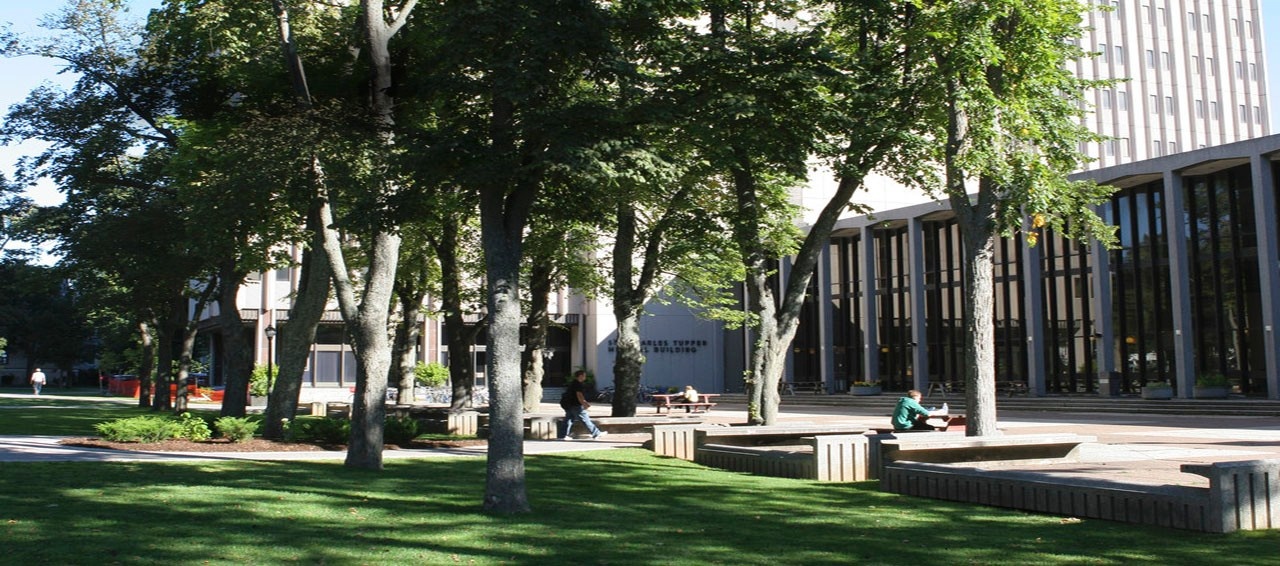Histology
Histology and Digital Pathology Core Facility (HistoCORE)
The Histology and Digital Pathology Core Facility (HistoCORE) is part of the Dalhousie Faculty of Medicine Centralized Operation of Research Equipment and Support program (CORES). HistoCORE is located in 13D Tupper Building and contains advanced instrumentation for a wide range of routine and advanced histology and digital pathology services, which include:
- Tissue processing and embedding: Fixed tissues are processed into paraffin blocks, for sectioning.
- Tissue sectioning: Paraffin embedded tissues are sectioned at 2 – 5 uM and mounted onto slides for downstream histological staining, immunohistochemistry/immunofluorescence or in situ hybridization studies. Frozen tissues are sectioned at 10-15 uM.
- Histology stains, such as H&E, PAS, Oil Red O and Masson’s Trichrome: Tissue slides are stained with histology dyes for observation of overall tissue architecture, as well as specific tissue features, such as collagen or mucopolysaccharides.
- Immunohistochemistry – single and duplex: Tissue slides are stained for one or two specific proteins of interest, using antibodies and chromogenic detection.
- Immunofluorescence: Tissue slides are stained for up to 6 specific proteins of interest, using antibodies and fluorescence detection, most commonly with OPAL fluorophores.
- In situ hybridization: Tissue slides are stained for a target RNA molecule, using chromogenic or fluorescence detection methods.
- Brightfield whole slide scanning: Instead of using a microscope to view and photograph regions of interest in a stained tissue, the whole tissue can be scanned at 20 or 40X then viewed and/or analyzed in its entirety.
- Fluorescence microscopy: Our Zeiss Axio Observer 7 microscope equipped with a Hamamatsu ORCA Fusion BT CMOS camera can be used to observe and photograph tissues stained with up to 7 fluorophores, with excellent resolution and sensitivity.
- Tissue microarray: Up to 96 tissue samples can be included on one slide with our TMA Master II microarrayer. Guided core selection from donor tissues is carried out, followed by insertion of the cores into a TMA block, according to a pre-established map.
Services and Equipment
You can find more about our services and equipment CORES has to offer.
FAQs
Have questions? Our FAQs can answer, find them here.
Fees
Our fees list is available online here.
Contact Us
Email: hiscore@dal.ca
Histology and Digital Pathology Core Facility
13D Tupper Building
Dalhousie University
5850 College St.
Halifax, NS B3H 4R2
